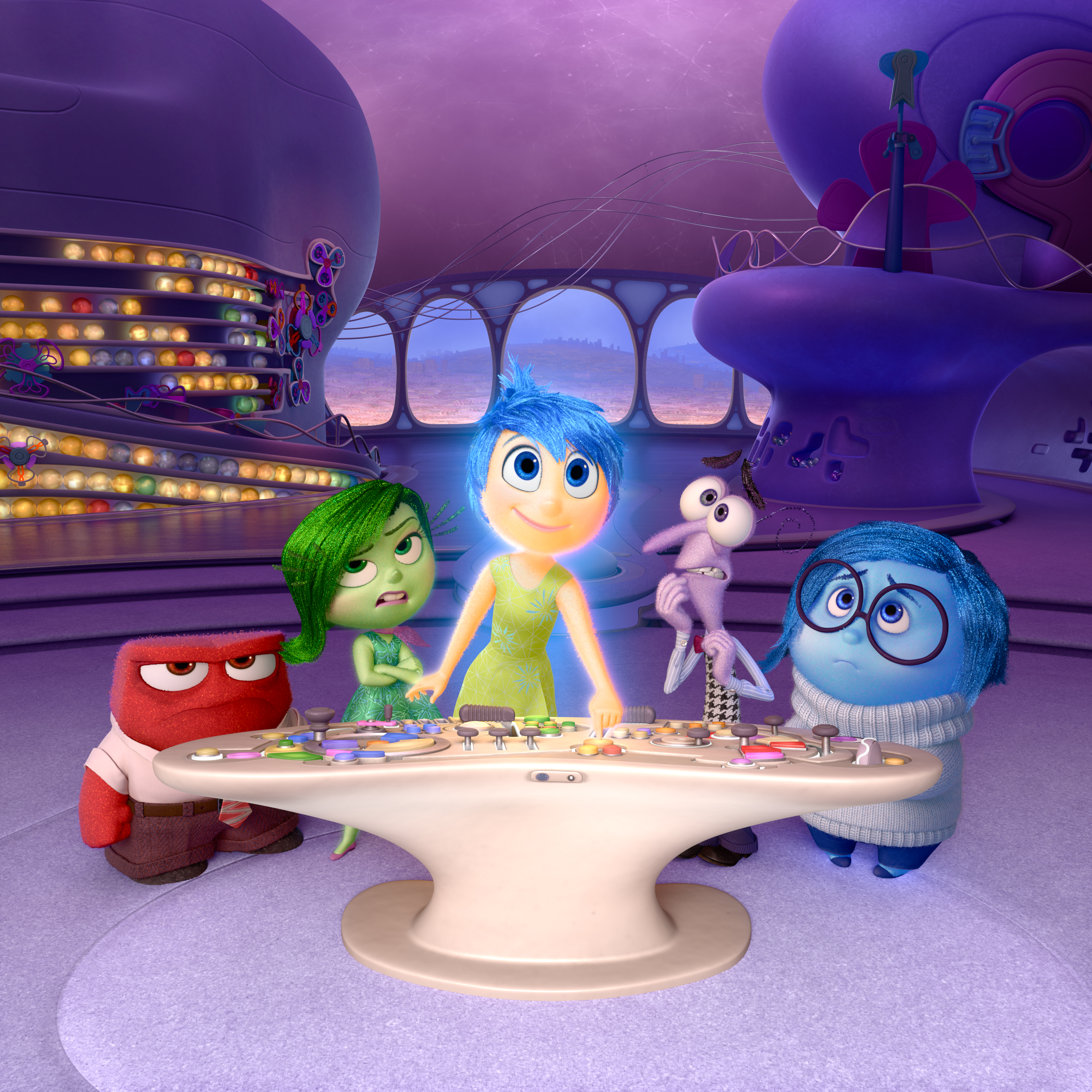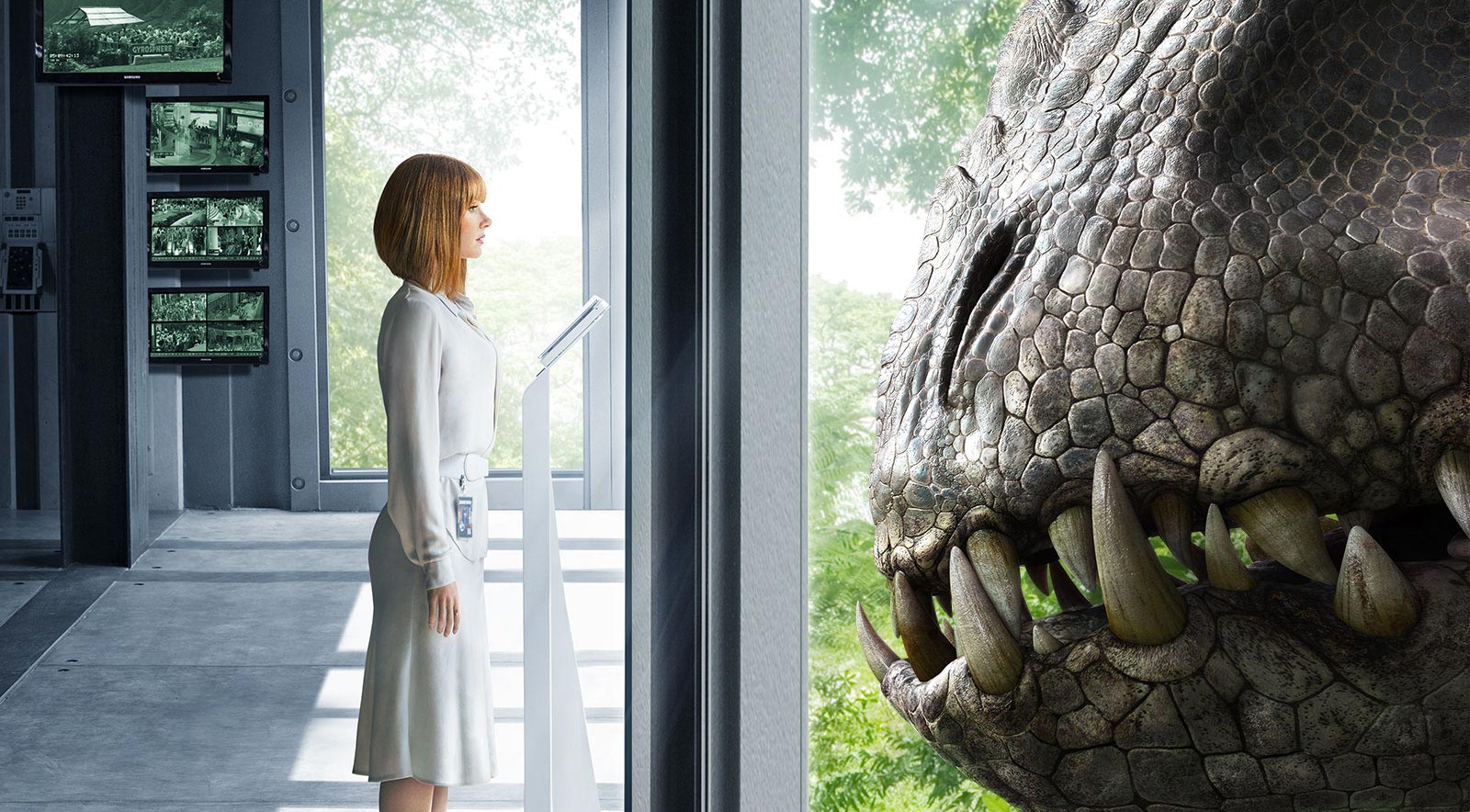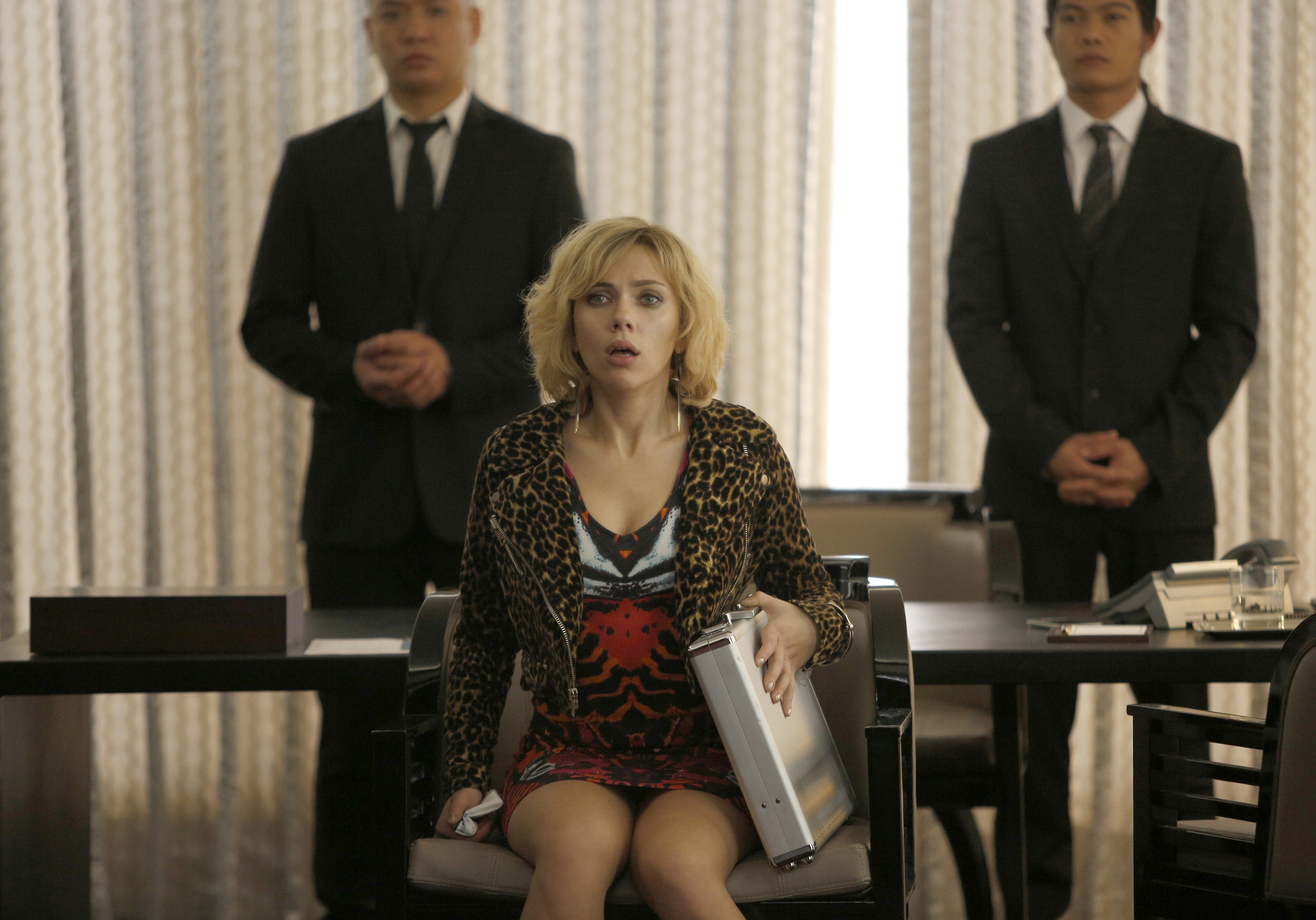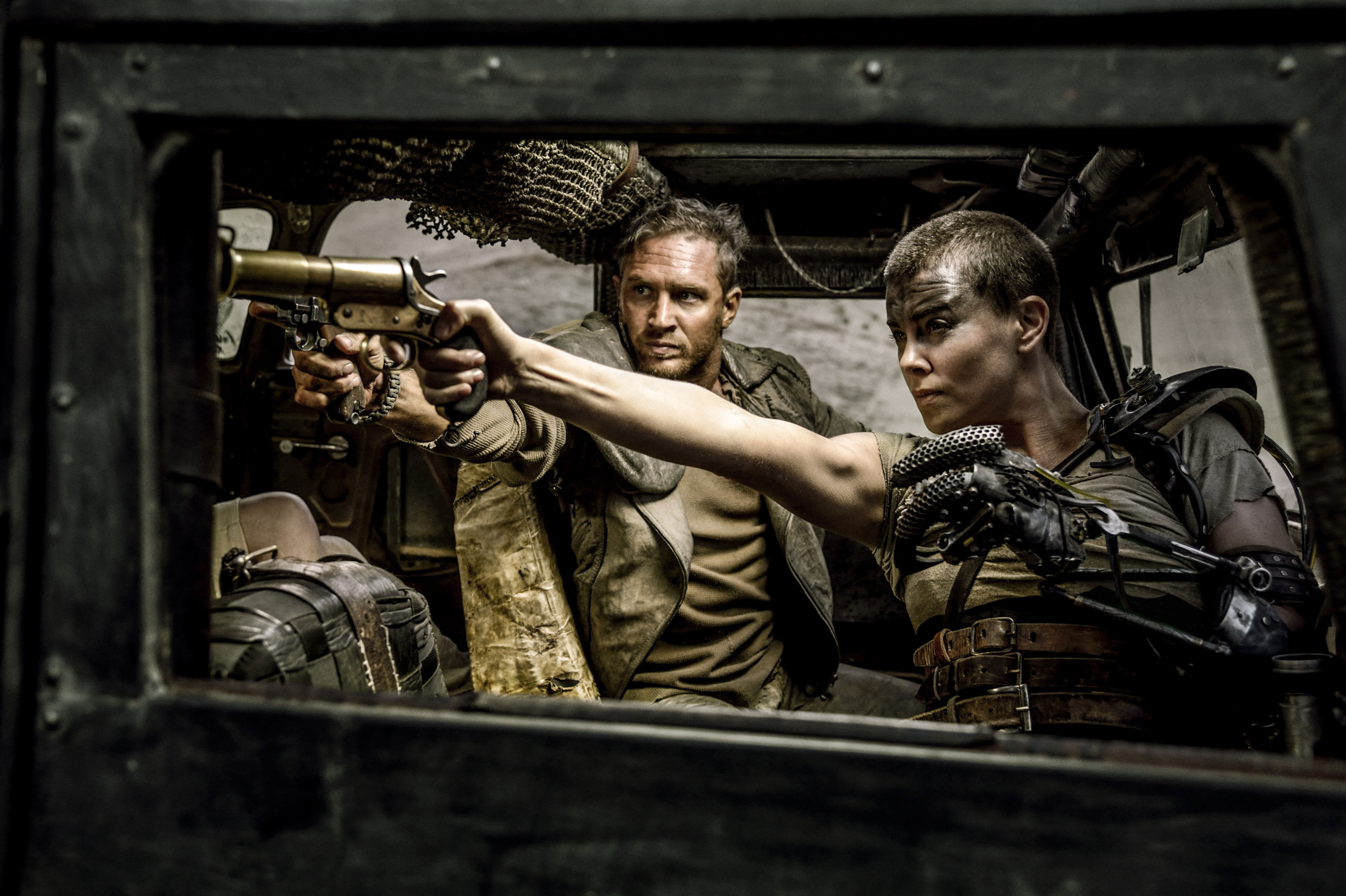Pixar has proven over the last decade that they can consistently deliver all-ages movies that are both popular and emotional. A major part of their power comes from Pixar’s mastery of the bittersweet. In their best moments, Pixar overloads its audience with powerful feelings both positive and negative, intertwined in a way that makes it difficult for the viewer to rationalize. In Up, we see the entirety of Carl and Ellie’s life together in a short montage, taking the viewer through a beautifully executed sequence of extreme highs and lows. In Toy Story 3 we watch Andy give away the toys that the series has focused on for all three films, a moment of loss, abandonment, and a new beginning rolled into one. Both moments require a herculean effort on the part of the viewer to hold back tears.
Given Pixar’s history and proven skill with mixing joy and sadness into potent cinematic moments, it makes perfect sense that their newest film, Inside Out, takes the concept of complex emotional entanglement and makes it the subject. The film attempts to tackle the psychological drives that power us all on a day-to-day basis. In addition to characters representing fear, anger, disgust, joy, and sadness, the movie also tackles the imaginary, our core values, abstract thought, the subconscious, dreams, and long-term memory.




